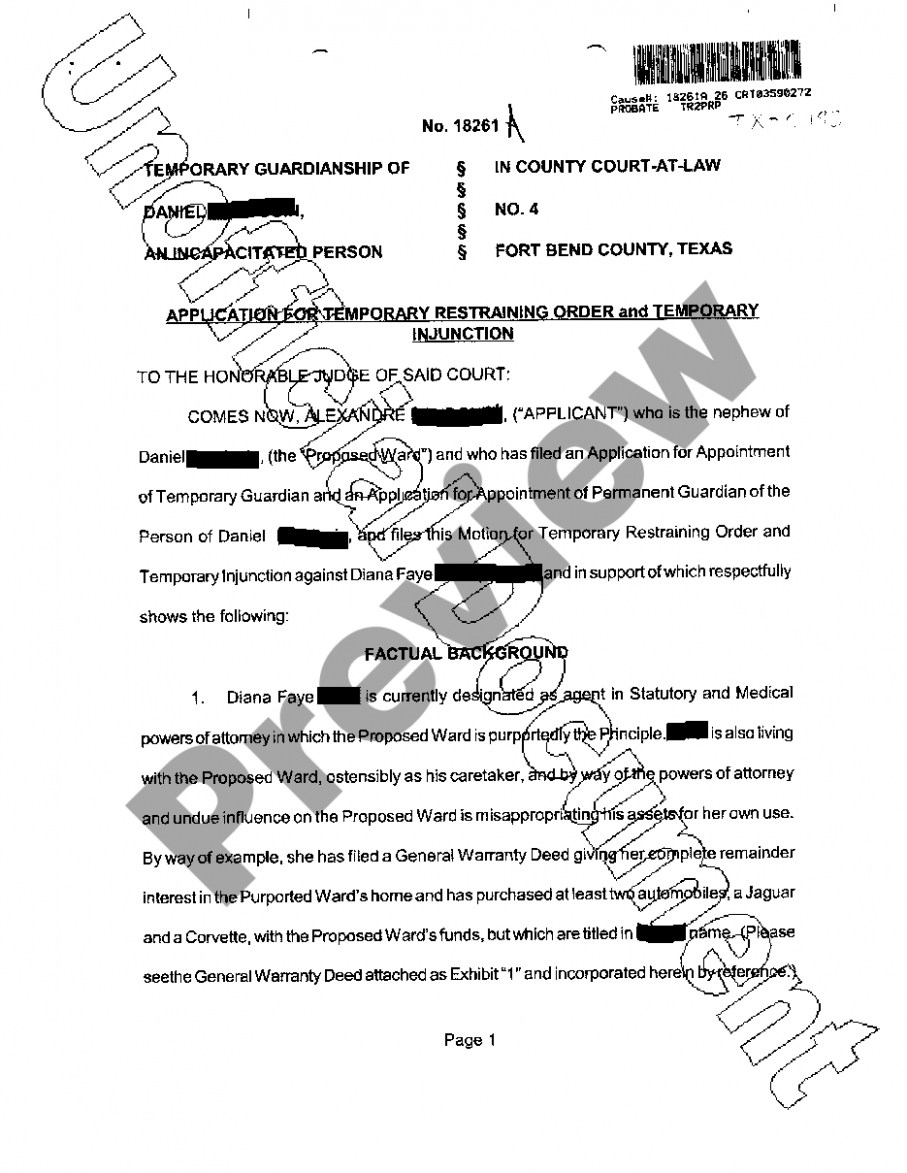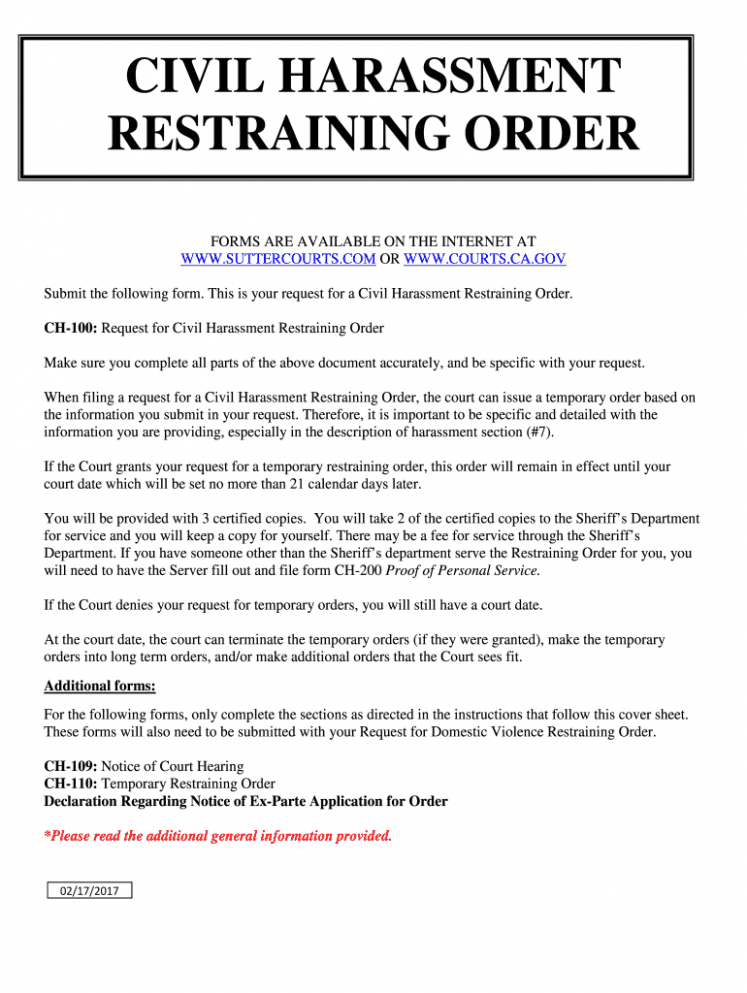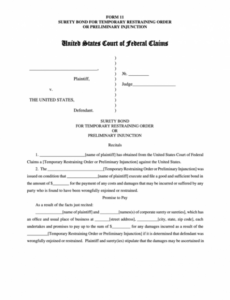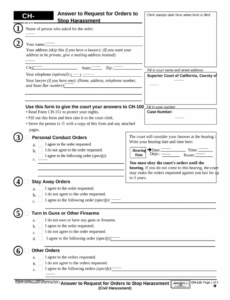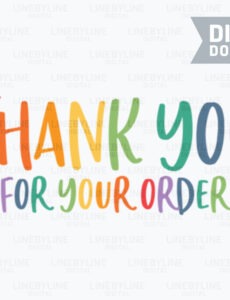Temporary restraining order template – Looking into the globe of business transactions, one can not ignore the pivotal role that order forms play. These records are not just plain notepads; they are the bridges that link consumer wishes to company offerings. They work as a clear and organized means to demand services or products, ensuring that both parties get on the exact same page pertaining to the specifics of the deal. The design and capability of these forms can significantly affect the effectiveness and success of order handling.
The adaptability of order forms is evident in their prevalent use across various sectors. From restaurants taking food orders to provider organizing visits, these forms adapt to the context they are made use of in. They not just streamline the buying process for clients but additionally assist companies in analyzing customer actions and choices, leading to improved product and services.
Recognizing the elements that compose an order form is the very first step in crafting one that satisfies both company requirements and client expectations. Commonly, an order form will include fields for personal details, such as name and call information, in addition to sections dedicated to the service or products being bought. Quantity, prices, and any type of suitable price cuts ought to be plainly stated to stop any misunderstandings.
Moreover, order forms are essential devices for supply control. They supply a detailed account of what’s being requested, permitting exact supply monitoring. This is specifically critical for businesses that deal with a a great deal of items or those that operate a just-in-time supply system.
Modification choices on order forms can substantially enhance the user experience. Giving customers with the capacity to customize their orders to their certain requirements or preferences not only enhances complete satisfaction but likewise demonstrates a company’s versatility and customer-centric strategy.
Lastly, the lawful value of order forms can not be overlooked. They function as binding contracts in between the purchaser and vendor, laying out the terms and conditions of the sale. This lawful structure ensures that both events are clear about their responsibilities, thus reducing disputes and cultivating trust.
To transform possible clients into repeat purchasers, the usability of order forms must be a leading priority. A form that is intuitive and straightforward urges clients to complete their purchases, whereas a complicated one can bring about frustration and deserted carts.
One more crucial aspect is mistake handling. Order forms should be made to avoid errors before they take place. Real-time recognition, which notifies customers to blunders as they kind, can protect against frustration and ensure that the form is submitted appropriately the very first time.
Mobile optimization is an additional critical consider today’s electronic landscape. With an enhancing number of transactions happening on smart phones, making certain that your order form is receptive and easy to browse on smaller screens is necessary. This includes huge, clickable areas for form fields and buttons, as well as minimizing the demand for excessive scrolling or zooming.
Finally, security measures should be executed to shield client information. Trust fund is vital in any kind of organization connection, and customers need to feel great that their individual and payment information is safe when submitting an order form.
To conclude, an order form is more than just a means to an end; it’s a pivotal part of the client trip that can substantially affect a company’s bottom line. By focusing on clarity, simplicity, and security, firms can produce order forms that not only help with sales but additionally foster consumer satisfaction and commitment. Remember, the less complicated it is for customers to position an order, the more probable they are to do so.
Welcoming the digital makeover, organizations can utilize innovation to produce dynamic and interactive order forms that not just simplify the process but likewise boost the total customer experience. In the long run, the objective is clear: to make the course from passion to buy as seamless as feasible, guaranteeing that customers return time and again.
